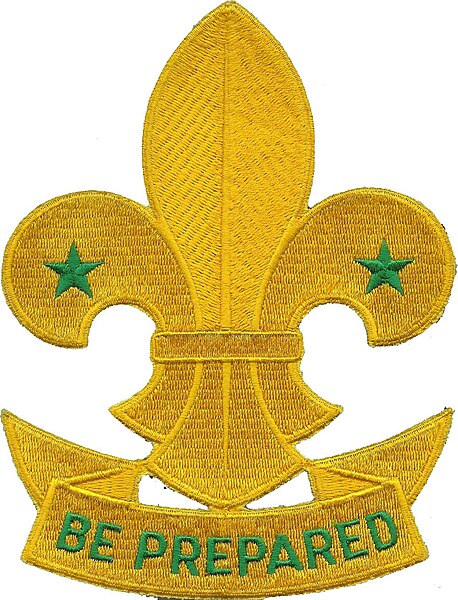#1 Learn about the bird flyways closest to your home. Find out which birds use these flyways.
The Atlantic Flyway is closest to my home. It runs along the atlantic coast of the USA. Migratory waterfowl, Canvasbacks, Redheads and Lesser Scaups are some of the birds that use it.
#2 Identify an insect, reptile, bird, or other wild animal that is found only in your area of the country. Tell why it survives in your area.
Key deer live only in the Florida Keys. It is endangered. Also, it can swim easily between islands. The average lifespan is 8 years. It is the smallest North American deer. they eat over 150 types of plants, but mangroves and thatch palm berries are the most important part of their diets.
#3 Give examples of at least two of the following:(a) A producer, a consumer, and a decomposer in the food chain of an ecosystem(b) One way humans have changed the balance of nature
PRODUCER = APPLE TREE (APPLE)
CONSUMER = HUMAN(EATS APPLE)
DECOMPOSER = WORM(EATS CORE, POOPS IT OUT, AND TURNS IT TO SOIL)
BALANCE OF NATURE = HUMANS HUNTING DODO BIRDS TO EXTINCTION
#4 Learn about aquatic ecosystems and wetlands in your area. Talk with your Webelos den leader or family about the important role aquatic ecosystems and wetlands play in supporting life cycles of wildlife and humans, and list three ways you can help.
The closest wetland area to my home is classified as palustrine, forested, evergreen, and seasonally flooded. Wetlands play the role of providing water and sun for many different species of animals.
HOW CAN WE HELP?
- PICK UP LITTER NEAR WETLANDS
- DO NOT FEED THE ANIMALS
- RECYCLE ALL PAPER PRODUCTS POSSIBLE
#5 Watch at least four wild creatures (reptiles, amphibians, arachnids, fish, insects, or mammals) in the wild. Describe the kind of place (forest, field, marsh, yard, or park) where you saw them. Tell what they were doing.

I saw a hawk in a tree looking for prey around a pond (left). I saw a colony of ants in a field near a pond that were working together (top middle). I also found and caught two lizards that were running from me in a park (top right). Finally, I found a cormorant drying its wings after a swim in a pond (bottom right).
P.S. This was mostly at the same pond. Hahaha
#6 Visit a museum of natural history, a nature center, or a zoo with your family, Webelos den, or pack. Tell what you saw.
I saw dinosaur fossil replicas, a seismograph machine, a model of the erosion process, a native American excavation site for kids, and a plastic puzzle model of a cell.







